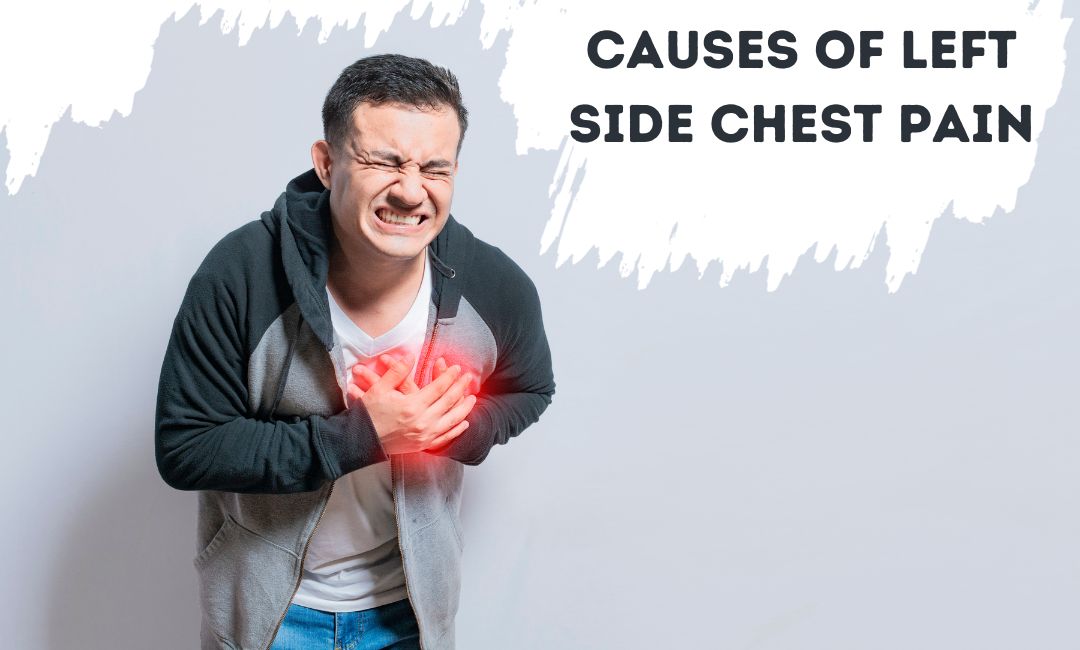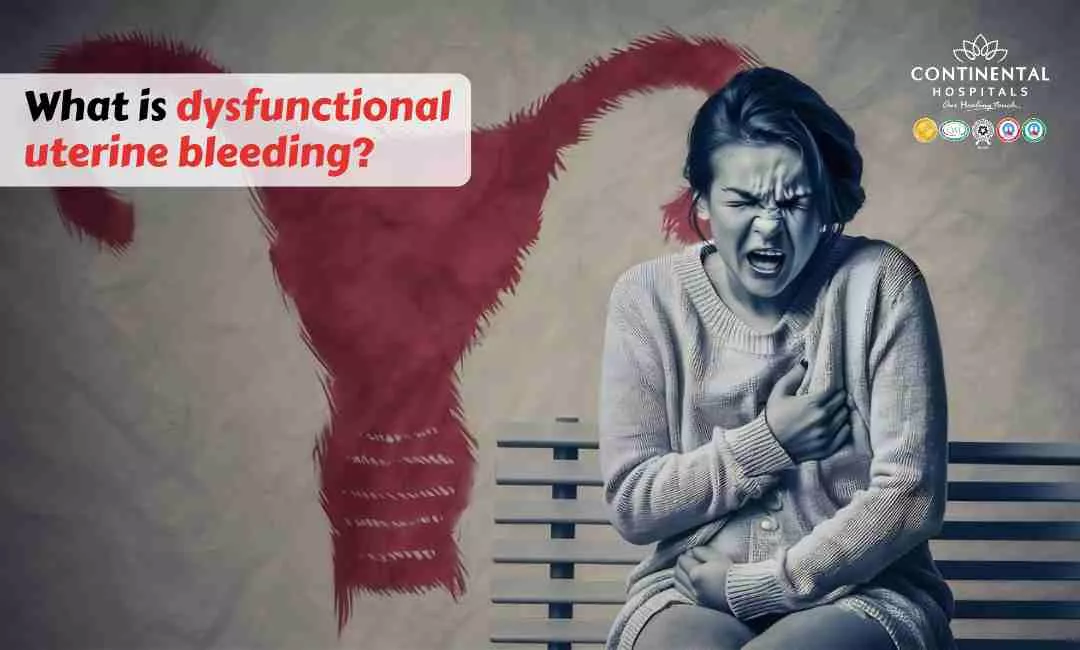Left-side chest pain can arise from various causes, ranging from benign and temporary issues to more serious medical conditions. It could be linked to musculoskeletal problems such as strained muscles, rib injuries, or inflammation in the chest wall.
Causes of Left Side Chest Pain
Cardiac Causes:
Angina: This is chest pain or discomfort caused by reduced blood flow to the heart. It often feels like pressure or squeezing in the chest and can radiate to the left arm, shoulder, or jaw.
Heart Attack: A heart attack occurs when a coronary artery becomes blocked, leading to damage or death of heart muscle tissue. Left-sided chest pain accompanied by sweating, shortness of breath, nausea, and dizziness could indicate a heart attack.
Musculoskeletal Causes:
Muscle Strain: Overexertion or sudden movements can strain the muscles and ligaments in the chest wall, leading to localized pain that might be mistaken for cardiac pain.
Costochondritis: Inflammation of the cartilage that connects the ribs to the breastbone can cause sharp, stabbing pain on the left side of the chest.
Pulmonary Causes:
Pneumonia: Infections in the lungs can cause chest pain, particularly when the infection affects the left lung.
Pulmonary Embolism: A blood clot in the lung artery can lead to sudden, sharp chest pain on the left side, along with difficulty breathing and coughing up blood.
Gastrointestinal Causes:
Gastroesophageal Reflux Disease (GERD): Acid reflux can cause a burning sensation in the chest that may be mistaken for heart-related pain. Left-sided chest pain due to GERD is often exacerbated by lying down or after meals.
Peptic Ulcer: Ulcers in the stomach or upper intestine can cause aching or burning pain that may be felt on the left side of the chest.
Other Causes:
Panic Attack: Intense anxiety or panic attacks can cause chest pain, shortness of breath, and a feeling of impending doom, often mimicking cardiac symptoms.
Shingles: The viral infection of the nerves can cause a painful rash and sometimes chest pain localized to the left side.

To know more about Heart Attacks and lifestyle changes that can help in preventing Heart attacks, consult with a Cardiologist.
Symptoms of Left Side Chest Pain
- Sharp or stabbing pain on the left side of the chest
- Dull ache or pressure in the left chest area
- Pain that radiates to the left arm, shoulder, jaw, or back
- Shortness of breath or difficulty breathing
- Nausea or vomiting
- Sweating or clamminess
- Feeling of tightness or squeezing in the chest
- Pain exacerbated by physical activity or stress
- Fatigue or weakness
Treatment of Left Side Chest Pain
If you or someone you know is experiencing left side chest pain, it's crucial to consider the following steps:
Seek Medical Help: If the chest pain is severe, persistent, or accompanied by other symptoms like shortness of breath, dizziness, nausea, or sweating, call emergency services immediately. It's better to err on the side of caution and have a healthcare professional assess the situation.
Stay Calm: Panic can exacerbate chest pain and make it harder to assess the situation accurately. Encourage the person experiencing the pain to remain calm and take slow, deep breaths.
Assess Other Symptoms: Take note of any other symptoms accompanying the chest pain, as they can provide valuable information to healthcare providers.
Administer Aspirin: If the person is not allergic to aspirin and it's safe for them to take it, providing an aspirin to chew can help reduce the risk of a heart attack by thinning the blood. However, this should only be done if advised by a healthcare professional or if it's not contraindicated based on the individual's medical history.
Monitor Vital Signs: If you have the equipment available, monitor the person's vital signs such as pulse rate, blood pressure, and oxygen saturation levels.
Stay with the Person: Until medical help arrives, stay with the person experiencing chest pain to provide reassurance and support.
Avoid Self-Diagnosis and Self-Medication: While over-the-counter pain relievers may help alleviate some types of chest pain, they can mask symptoms of a more serious condition. It's essential to let healthcare professionals make a proper diagnosis and recommend appropriate treatment.
Follow Up with a Doctor: Even if the chest pain subsides or seems to be minor, it's essential to follow up with a doctor to determine the underlying cause and receive appropriate treatment.
When to Seek Immediate Medical Attention:
Regardless of the suspected cause, certain symptoms accompanying left-sided chest pain warrant immediate medical attention:
- Sudden, severe chest pain
- Chest pain associated with shortness of breath, sweating, nausea, or lightheadedness
- Pain radiating to the left arm, shoulder, neck, or jaw
- Chest pain lasting more than a few minutes
Left-sided chest pain can be alarming and may have various causes, not all of which are related to the heart. It is essential not to ignore chest pain, especially if it is severe or accompanied by other concerning symptoms. Seeking prompt medical evaluation is crucial for an accurate diagnosis and appropriate treatment. Understanding the potential causes, symptoms, and when to seek immediate medical attention is key to managing left-sided chest pain effectively.
To know more about Heart Attacks and lifestyle changes that can help in preventing Heart attacks, consult with a Cardiologist.
Related Blog Articles:
1. The Silent Threat: How Chronic Stress Impacts Your Cardiovascular System
2. Unmasking the Rising Tide of Heart Attacks Among Young Adults
.webp)














